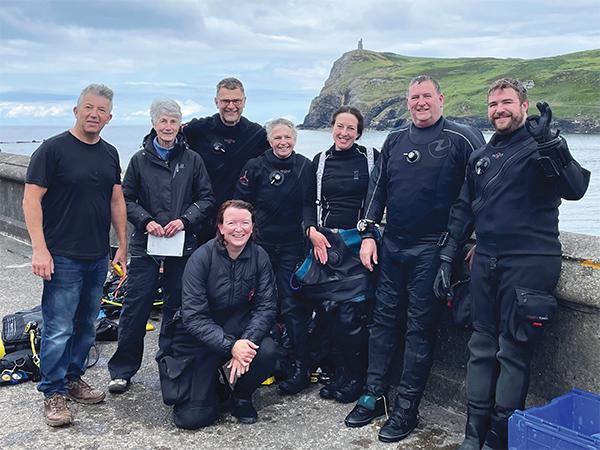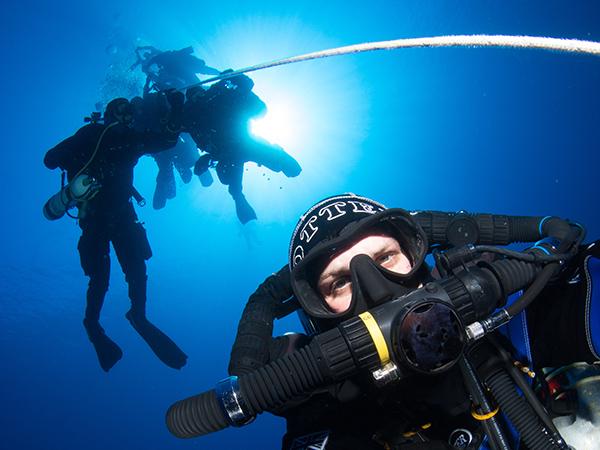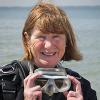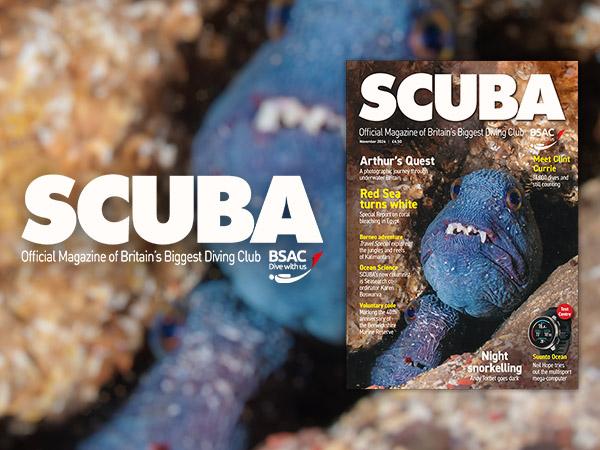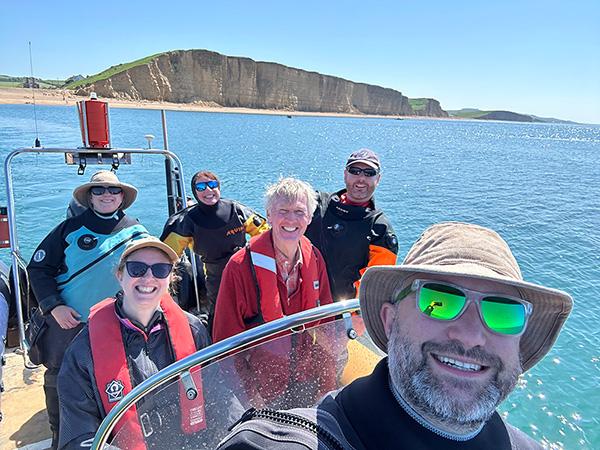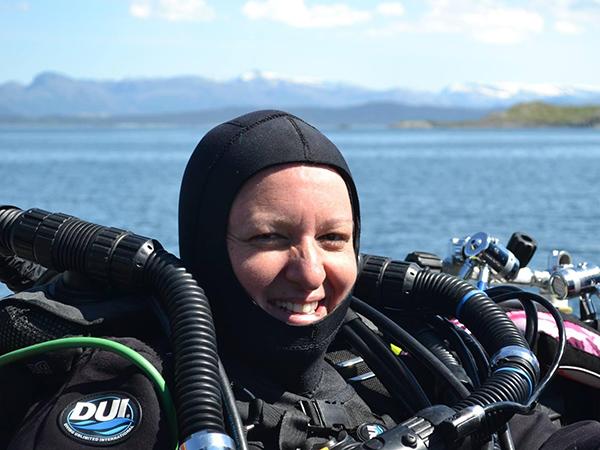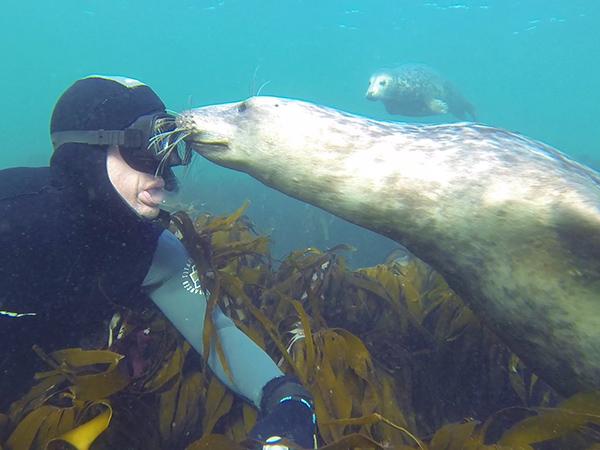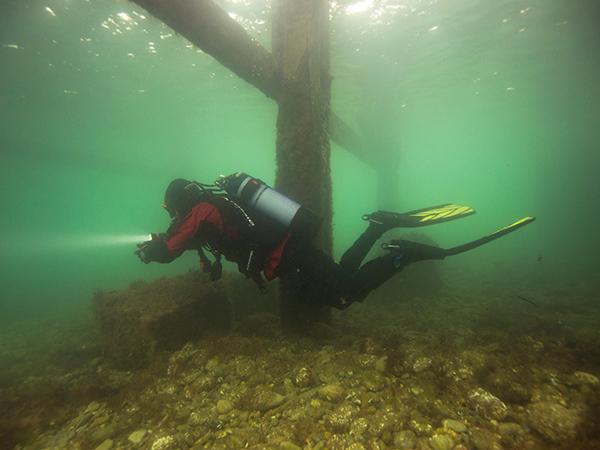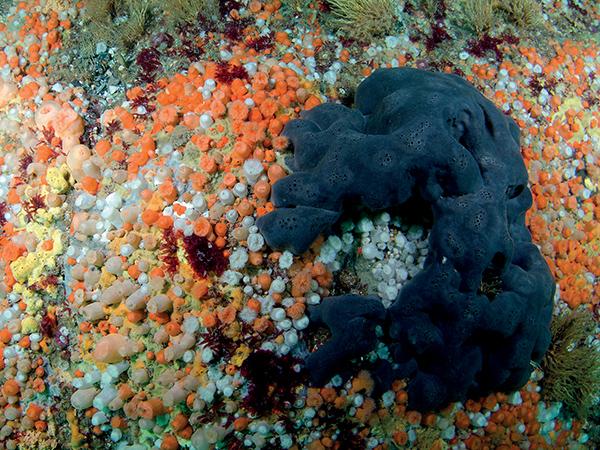Seagrass meadows are one of the planet's most valuable but also vulnerable coastal marine ecosystems.
These flowering plants live in shallow, sheltered water along our coast, forming ‘underwater gardens’ that if allowed to thrive, directly support a healthy marine ecosystem.
Not only do seagrass meadows provide food, shelter and nursery habitats for a diverse range of marine life, but they also help to improve water quality and offer a natural coastal defence around our shores. They are also highly effective carbon sinks and, according to the UN, can store up to 18% of the world’s ocean carbon.
However, these important underwater meadows are under serious threat due to pollution, climate change, dredging and unregulated fishing.
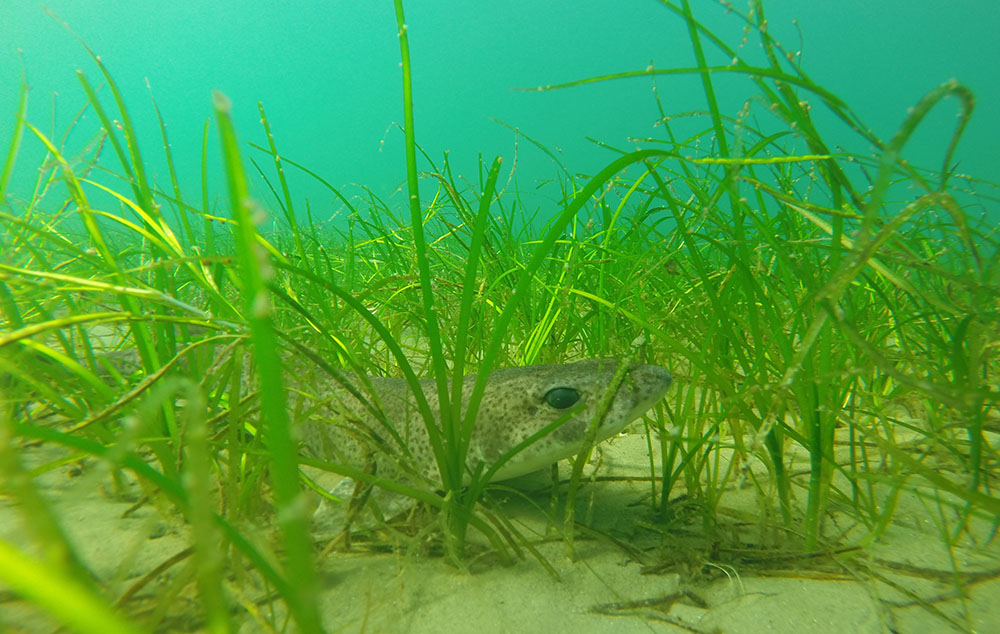
The last 40 years has seen the loss of a third of the world’s seagrass. In the UK alone, a minimum estimated 44% (and up to 92%) of the seagrass meadows around our coastline has been lost since the 1930s.
Unless we can reverse this trend, the decline in seagrass meadows around the globe could have huge consequences for our marine environment….and the planet.
BSAC Chief Executive Mary Tetley hopes that spreading the message will bring a greater focus on the issues this vulnerable marine habitat faces.
The importance of seagrass to the health of not just our oceans but to our planet should not be underestimated. As divers and snorkellers we are in a privileged position to help protect the future of these essential marine habitats.
How can BSAC members get involved?
BSAC aims to engage its members in grassroot citizen science projects where divers, snorkellers and their friends and families can get directly involved. Learn more about the Great Seagrass Survey and start seagrass spotting today.

